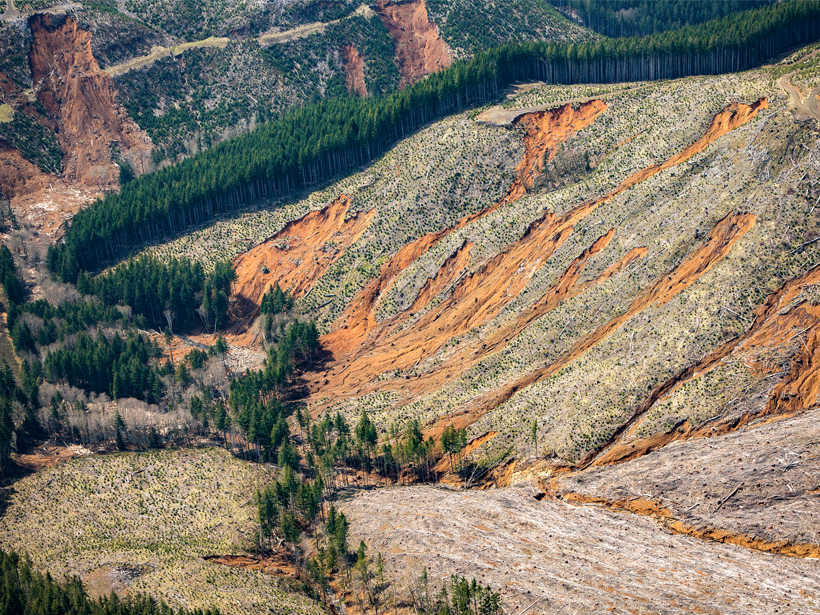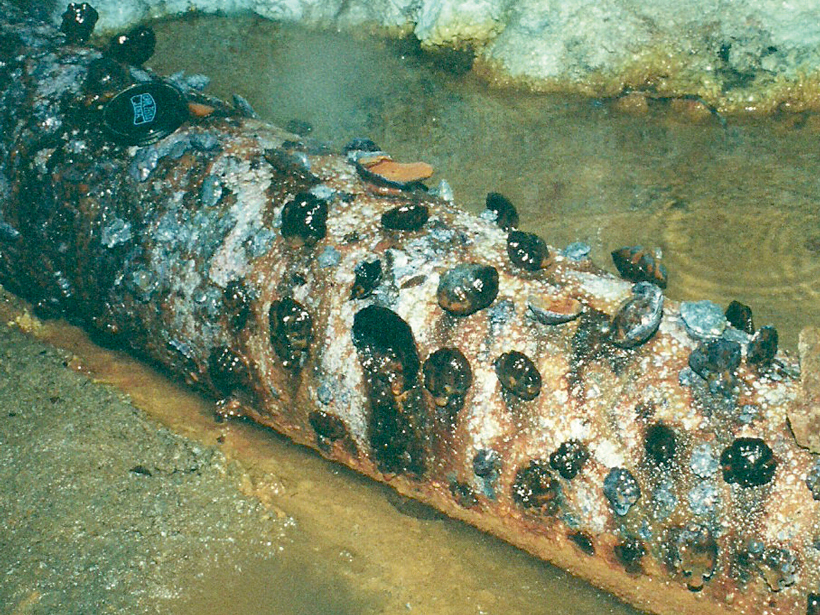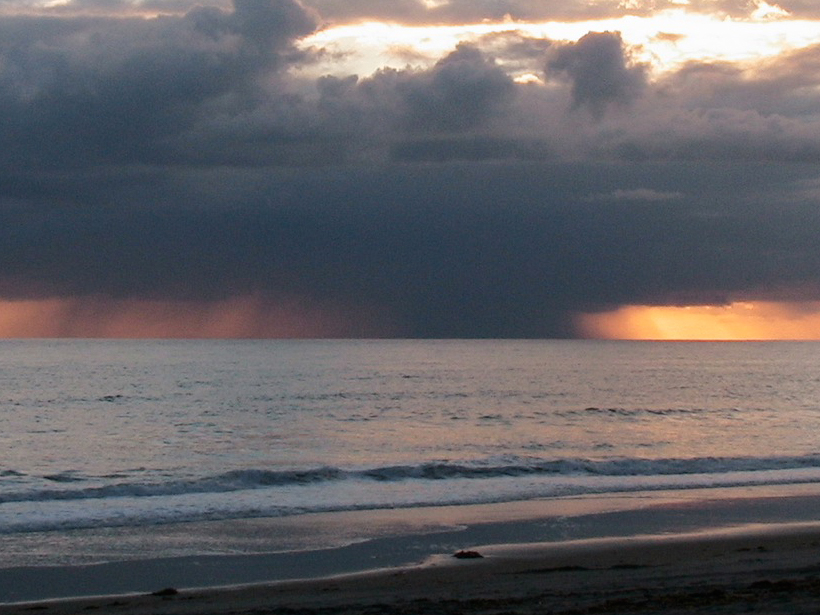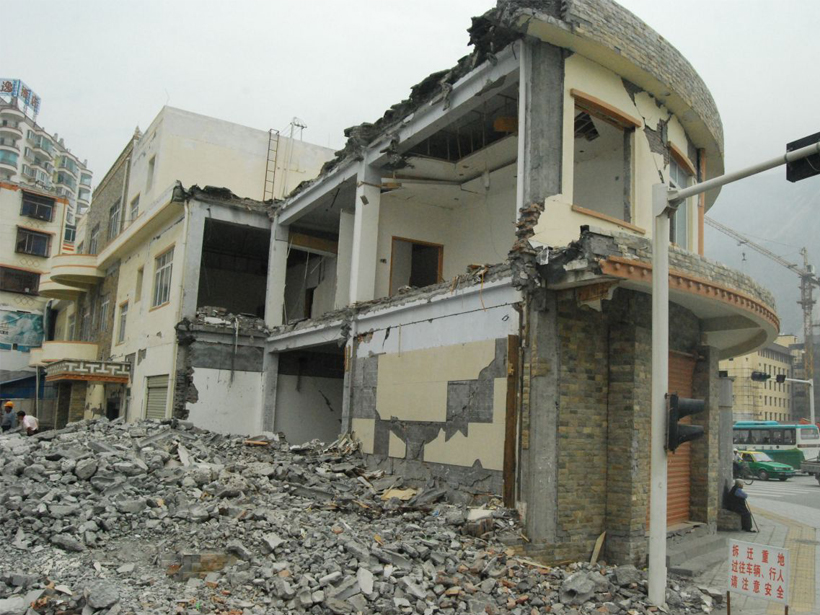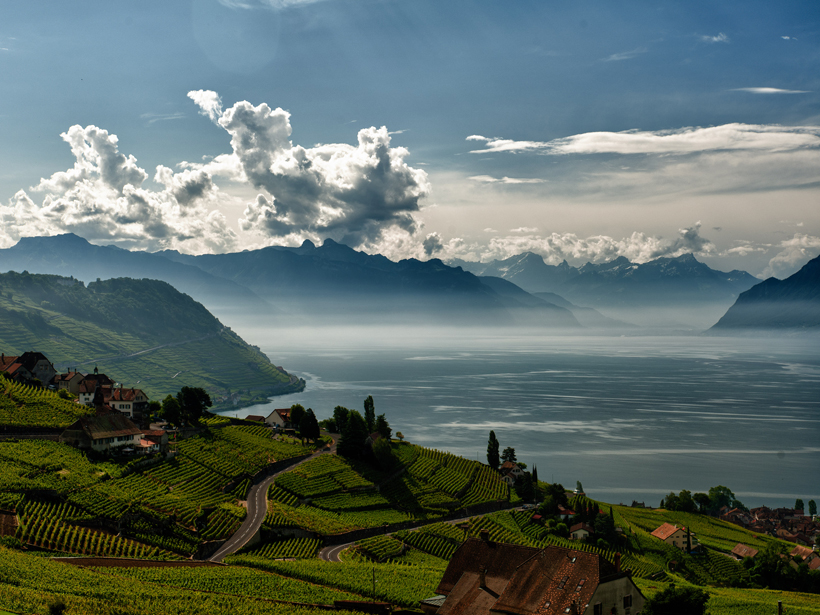Infrared light from the planet's surface shows hot spots that might be caused by lava.
David Shultz
Underwater Gliders Find Swirling Vortices of Warm, Salty Water
Vortices formed off the west coast of Sardinia could play a large role in Mediterranean water circulation and mixing and are significant for marine ecosystems and regional climate.
Curiosity Rover Finds Organic Molecules on Martian Surface
Scientists assess the present and past habitability of Mars from organic compounds detected at Gale Crater.
Efficiently Predicting Shallow Landslide Size and Location
New mathematical approach lets researchers analyze potentially unstable slopes in three dimensions without testing every possible landslide shape.
To Help Fix the Hole in the Ozone Layer, Just Add Ice
Computer simulations show that adding tiny droplets of ice to the atmosphere during the spring could help eliminate chlorofluorocarbons and repair the hole in the ozone layer.
Microbial Communities Form Iron Shells in Abandoned Mines
Fungi and bacteria deposit metal ions on steel objects left behind by miners. These metals form strange clam-like shells on the steel surfaces.
Cool Downdrafts in Large Thunderstorms Captured by Satellite
Orbiting scatterometers can reveal patterns of cool air in mesoscale convective systems.
New Models Explain Unexpected Magnitude of China's Wenchuan Quake
The 2008 earthquake surprised scientists, but the inclusion of new variables reveals that Earth's crust under the Sichuan Province was under more strain than previously thought.
Past Phosphorus Runoff Causes Present Oxygen Depletion in Lakes
Sediment cores show how phosphorus pollution in the 1950s led to current, inherited hypoxia in lakes in the Alps.
Underwater Robot Tracked Ocean Sediment During Hurricane Sandy
Hurricane Sandy moved a lot of debris, but where did it all end up?


